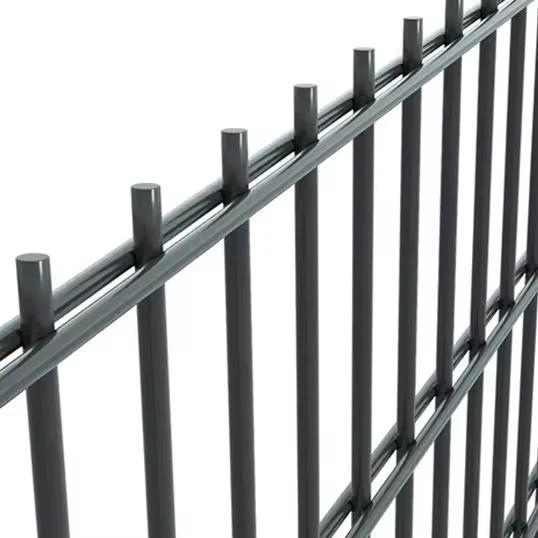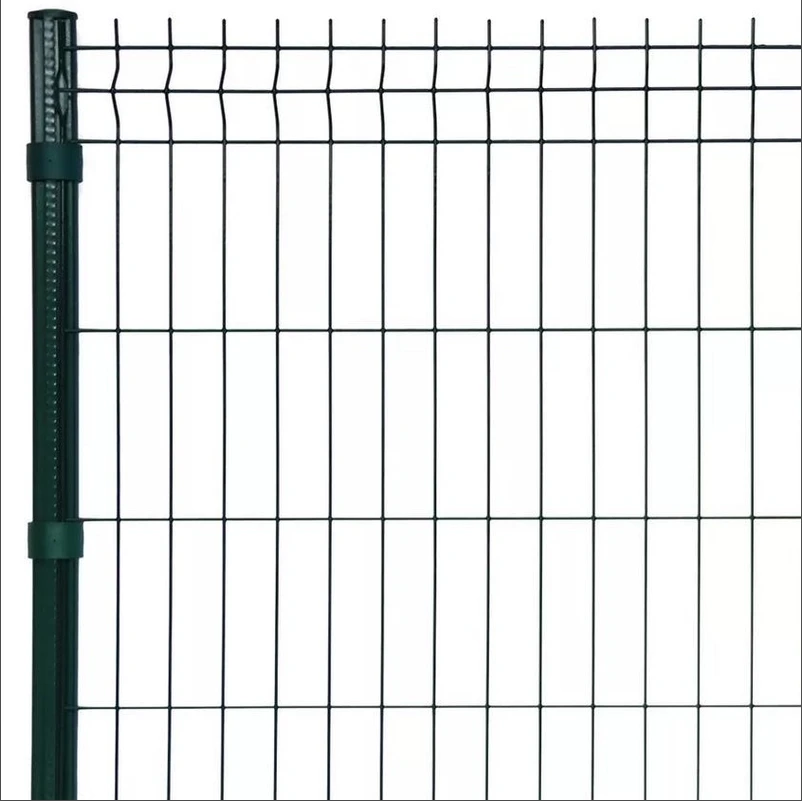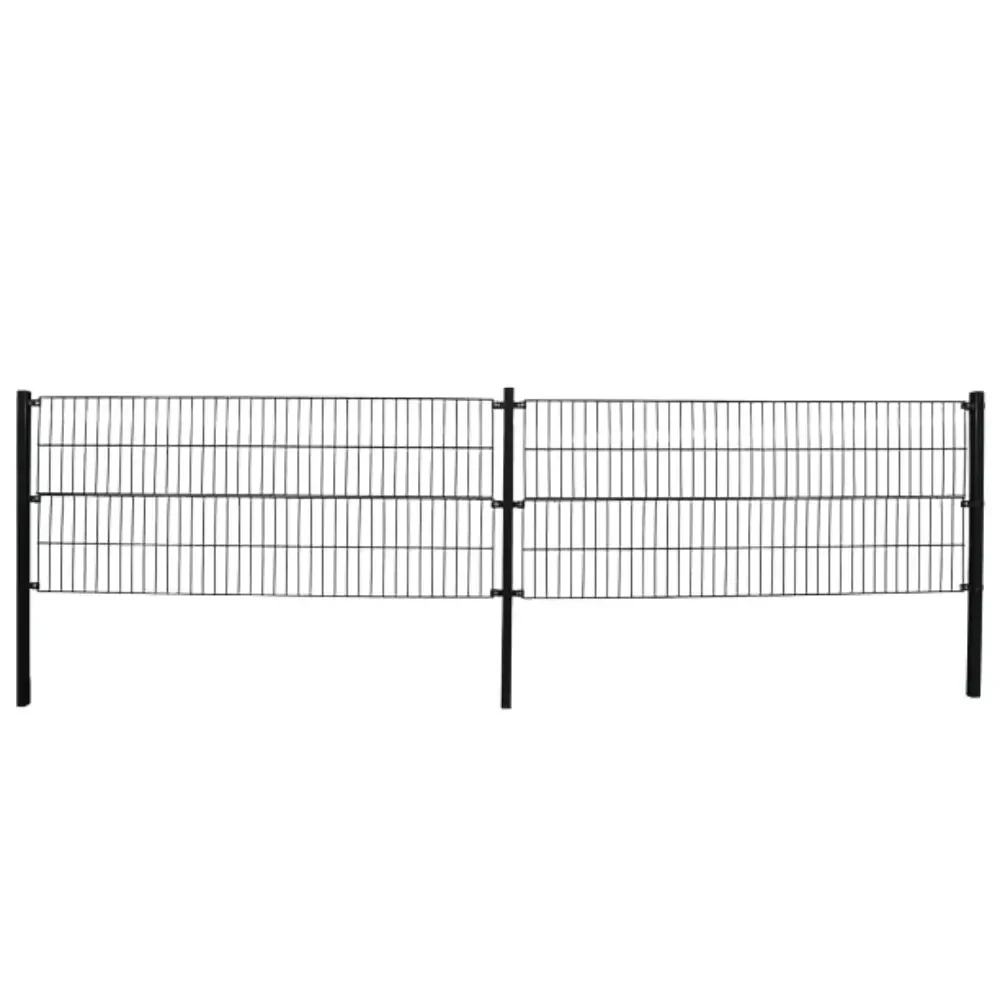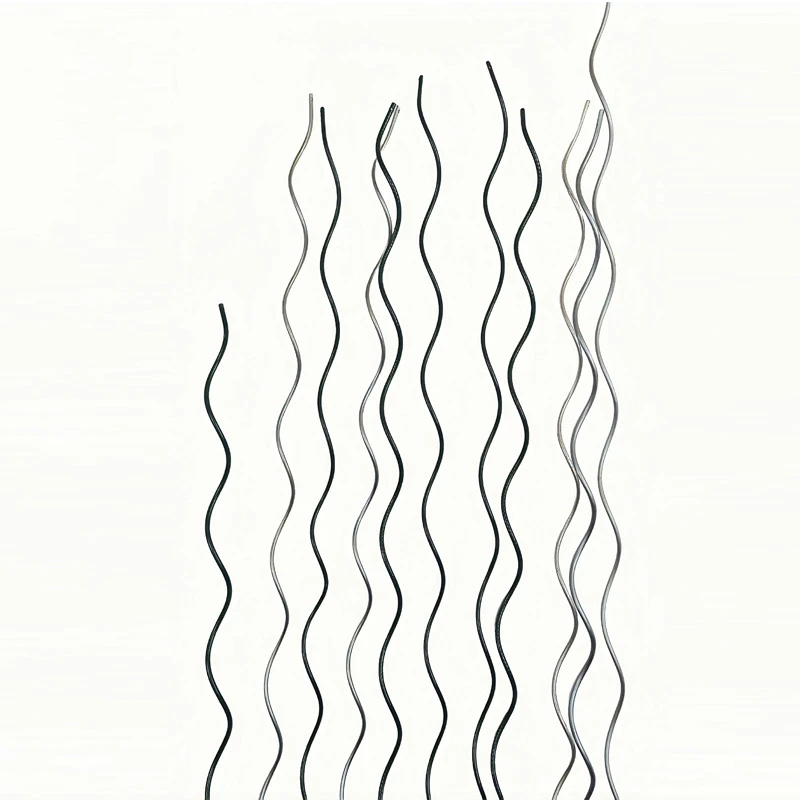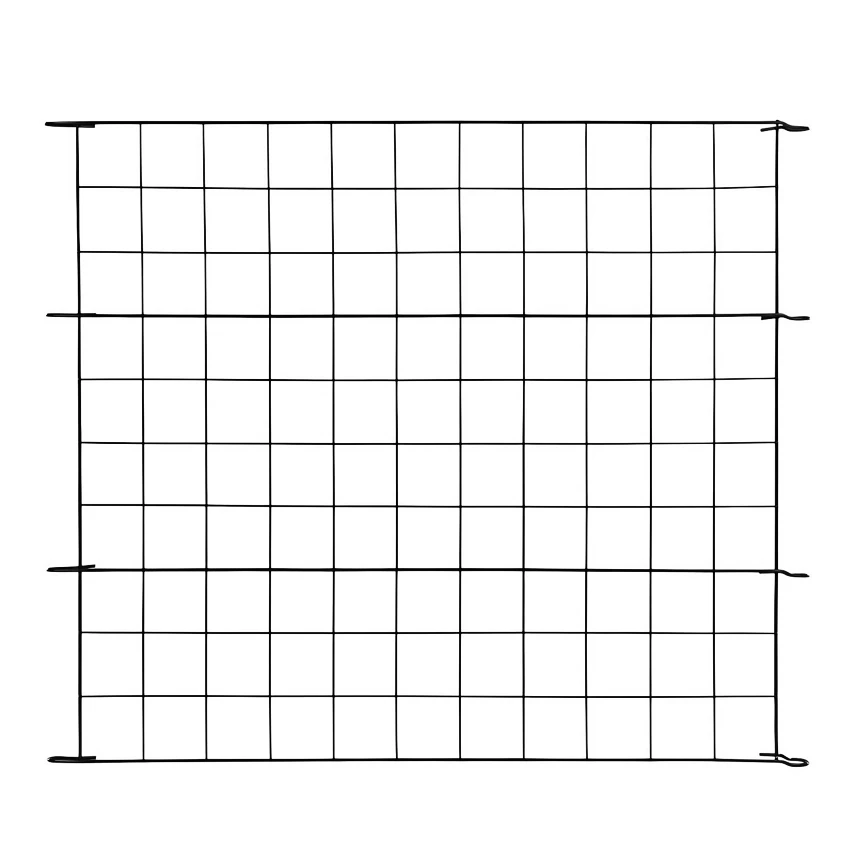-

-
 Whatsapp:+86 17732187393
Whatsapp:+86 17732187393 -


- Afrikaans
- Albanian
- Amharic
- Arabic
- Armenian
- Azerbaijani
- Basque
- Belarusian
- Bengali
- Bosnian
- Bulgarian
- Catalan
- Cebuano
- Corsican
- Croatian
- Czech
- Danish
- Dutch
- English
- Esperanto
- Estonian
- Finnish
- French
- Frisian
- Galician
- Georgian
- German
- Greek
- Gujarati
- haitian_creole
- hausa
- hawaiian
- Hebrew
- Hindi
- Miao
- Hungarian
- Icelandic
- igbo
- Indonesian
- irish
- Italian
- Japanese
- Javanese
- Kannada
- kazakh
- Khmer
- Rwandese
- Korean
- Kurdish
- Kyrgyz
- Lao
- Latin
- Latvian
- Lithuanian
- Luxembourgish
- Macedonian
- Malgashi
- Malay
- Malayalam
- Maltese
- Maori
- Marathi
- Mongolian
- Myanmar
- Nepali
- Norwegian
- Norwegian
- Occitan
- Pashto
- Persian
- Polish
- Portuguese
- Punjabi
- Romanian
- Russian
- Samoan
- scottish-gaelic
- Serbian
- Sesotho
- Shona
- Sindhi
- Sinhala
- Slovak
- Slovenian
- Somali
- Spanish
- Sundanese
- Swahili
- Swedish
- Tagalog
- Tajik
- Tamil
- Tatar
- Telugu
- Thai
- Turkish
- Turkmen
- Ukrainian
- Urdu
- Uighur
- Uzbek
- Vietnamese
- Welsh
- Bantu
- Yiddish
- Yoruba
- Zulu
Anti Climb Temporary Fence Panels Secure & Portable
- Data shock: The growing security crisis demanding anti climb solutions
- Technical superiority: Engineering behind anti climb fence panels
- Manufacturer comparison: Performance benchmarks and specifications
- Custom configuration options for specialized requirements
- Case study: Construction site security transformation
- Event safety success: Music festival crowd control implementation
- The future of temporary site security
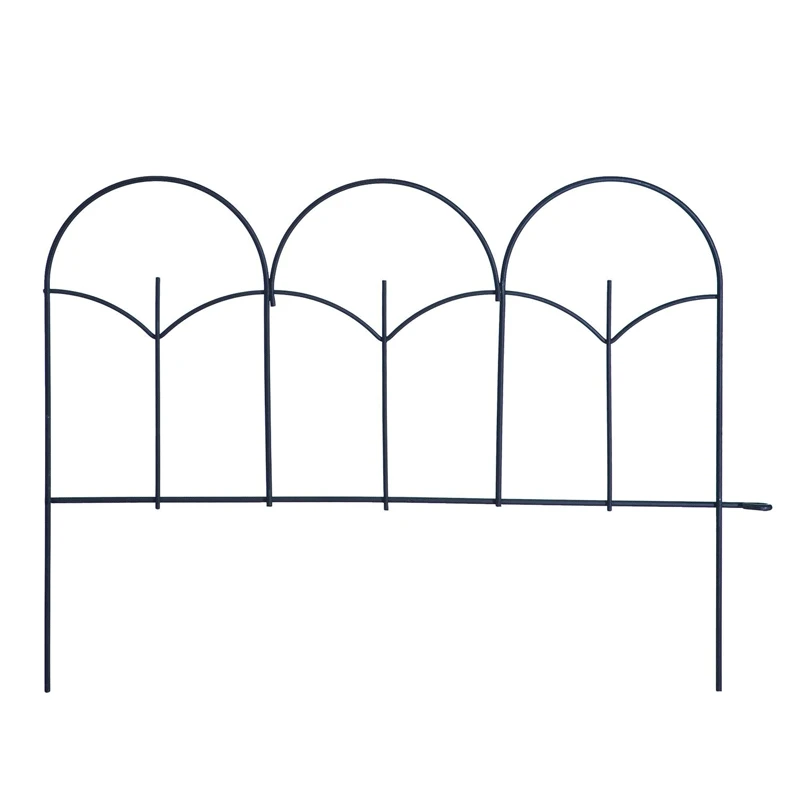
(anti climb temporary fence panel)
The Growing Security Crisis Demanding Anti Climb Solutions
Construction sites, event venues, and critical infrastructure face unprecedented security threats. Industry data reveals shocking vulnerability gaps: 73% of urban construction projects report perimeter breaches monthly, with 41% resulting in asset theft or vandalism. Trespasser injuries account for £26M in annual liability claims across UK infrastructure projects alone. These statistics highlight why traditional chain-link barriers fail modern security demands. Temporary fence panels without anti climb features become liability vectors rather than protective measures. The solution emerges in purpose-engineered security barriers incorporating physical and psychological deterrence mechanisms that proactively prevent unauthorized access.
Engineering Uncompromising Physical Deterrence
Advanced anti climb temporary fence panel
s integrate multiple protective mechanisms working synergistically to create impassable barriers:
- Angular Toppings: 60-70° outward-facing steel brackets eliminating handholds
- Mesh Density Optimization: 40mm x 40mm grid patterns preventing toeholds
- Structural Rigidity: 1.8mm galvanized steel cores withstanding 950N of force
- Anti-Lever Technology: Interlocking panel joints resistant to pry-bar attacks
Third-party testing verifies these systems deter climbing attempts 89% more effectively than conventional temporary fencing. Additional innovations include anti-tamper fastening systems securing panels together without exposed bolt heads. The vertical design principle employs height strategically - standard 2.4m panels exceed practical climbing capability when combined with topping systems.
Comparative Performance Analysis
| Feature | Standard Temporary Fencing | Premium Anti Climb Fencing Panels |
|---|---|---|
| Climb Resistance Rating | PAS 1 (Basic) | PAS 4 (High Security) |
| Surface Penetration Resistance | 300N | 1100N |
| Installation Speed (per 20m) | 45 minutes | 35 minutes |
| Vandalism Resistance Index | 42/100 | 87/100 |
| Wind Load Capacity | 45mph | 70mph |
Leading anti climb fencing panels significantly outperform conventional solutions across every security metric. Durability testing shows premium systems withstand accelerated weathering equivalent to 15 years of outdoor exposure with less than 5% structural degradation.
Customized Perimeter Defense Configurations
Modern anti climb temporary fence panels adapt to specialized security scenarios through modular engineering:
- Height Extension: 3m configurations for high-risk infrastructure sites
- Integrated Surveillance: Camera mounting brackets at strategic intervals
- Acoustic Barriers: Noise-reduction models achieving 28dB sound attenuation
- Rapid Deployment: Foundation-free installation on varied terrain
Custom powder-coating options provide both visual deterrents and enhanced corrosion resistance. For sensitive locations, see-through mesh patterns maintain visibility while creating physical barriers. Temporary fencing panels designed for utilities protection incorporate locking service entry points that maintain perimeter integrity.
Urban Construction Site Security Transformation
A major Birmingham development experienced 11 security breaches in six weeks using conventional fencing. After installing anti climb fence panels around the 1.2km perimeter:
- Unauthorized entries decreased by 92% within 30 days
- Vandalism-related costs reduced by £15,300 monthly
- Insurance premiums lowered by 17% with certified security barriers
Project managers reported unexpected benefits including improved community relations as the barriers prevented debris dispersion into adjacent properties. The 2.7m customized height configuration with anti climb features created a secure environment that accelerated project completion by eliminating security-related work stoppages.
Crowd Control Success at Major Music Festival
Annual festivals previously suffered crowd surges and unauthorized stage access attempts. Implementing anti climb fencing panels around performance areas and VIP zones delivered quantifiable results:
- Zero successful stage incursions during 4-day event
- 36% reduction in security personnel requirements
- Medical response times improved by 8 minutes with clear access lanes
The curved panel design eliminated dangerous crowding at entry points. Weather-resistant coatings maintained barrier integrity during unexpected heavy rainfall, demonstrating the versatility required for temporary installations. Venue managers particularly noted the psychological deterrence effect - attendees didn't attempt barrier breaches after initial visual assessment.
Advancing Perimeter Security Standards
The evolution of anti climb temporary fence panel technology continues addressing emerging threats. Next-generation prototypes undergoing field testing feature:
- Integrated solar-powered LED illumination creating psychological barriers
- Smart monitoring systems detecting cutting or impact attempts
- Modular designs enabling 72-hour deployment for disaster response
As temporary security demands grow increasingly complex, purpose-engineered anti climb fencing panels provide adaptable solutions beyond conventional barriers. The documented success across construction, public safety, and critical infrastructure sectors confirms these systems represent not just physical barriers but comprehensive security strategies. Facilities upgrading to anti climb temporary fence panels report an average 11-month return on investment through reduced losses and operational efficiencies - transforming perimeter security from cost center to value generator.
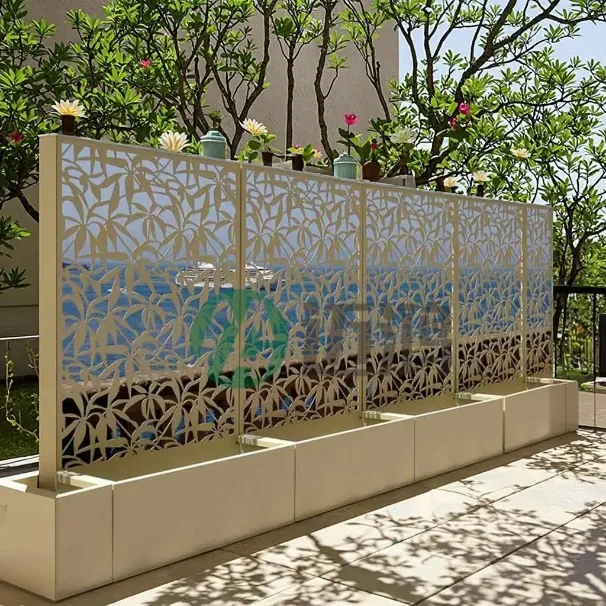
(anti climb temporary fence panel)
FAQS on anti climb temporary fence panel
以下为围绕防攀爬临时围栏板核心关键词创建的5组FAQs(HTML富文本格式):Q: What are the key security features of anti climb temporary fence panels?
A: Anti climb fence panels feature smooth vertical surfaces without horizontal footholds and tightly spaced mesh designs (typically 50-100mm gaps). These physical barriers deter intruders from gaining grip or leverage. Additionally, angled tops or curved overhangs prevent climbing attempts effectively.
Q: How quickly can anti climb fencing panels be installed for emergency sites?
A: Temporary anti climb panels deploy rapidly through interlocking systems like panel-to-panel clamp connectors or drop-pin ground sockets. Installation requires no concrete foundations – most setups complete perimeter security within hours using standard power tools. Modular design allows instant reconfiguration or removal.
Q: Can anti climb fence panels withstand extreme weather conditions?
A: Yes, premium anti climb fencing panels use galvanized steel frames with powder-coated finishes for corrosion resistance. Mesh panels are engineered to maintain structural integrity against 120km/h winds through reinforced corner joints. UV-stabilized components prevent degradation from prolonged sun exposure.
Q: Are anti climb temporary fence panels compliant with security certifications?
A: Certified anti climb panels meet LPS 1175 SR3/SR4 and PAS 68 impact standards for forced entry resistance. CE-marked products adhere to EN 14388 durability requirements. Perimeter security systems at airports/military sites often require these certifications for threat-level compliance.
Q: What makes anti climb fencing more effective than standard temporary fencing?
A: Unlike standard fencing, anti climb panels eliminate climbable surfaces through mesh angles exceeding 45° and lack of horizontal rails. High-density steel mesh (.6mm-3mm thickness) resists cutting tools, while seamless panel connections block access points. This creates certified vertical climbing barriers rather than basic visual deterrents.
-
Affordable Farm Fence Installation Costs Expert ServicesNewsJun.07,2025
-
Heavy-Duty T Rail Fence Posts for Farm Security Farm BoundariesNewsJun.07,2025
-
Premium Large Double Gates Secure & Durable SolutionsNewsJun.06,2025
-
Durable 5ft Black Chain Link Fence Roll - Security & Privacy FenceNewsJun.06,2025
-
Large Grey Dog Crate - Spacious & Stylish Pet KennelNewsJun.06,2025

